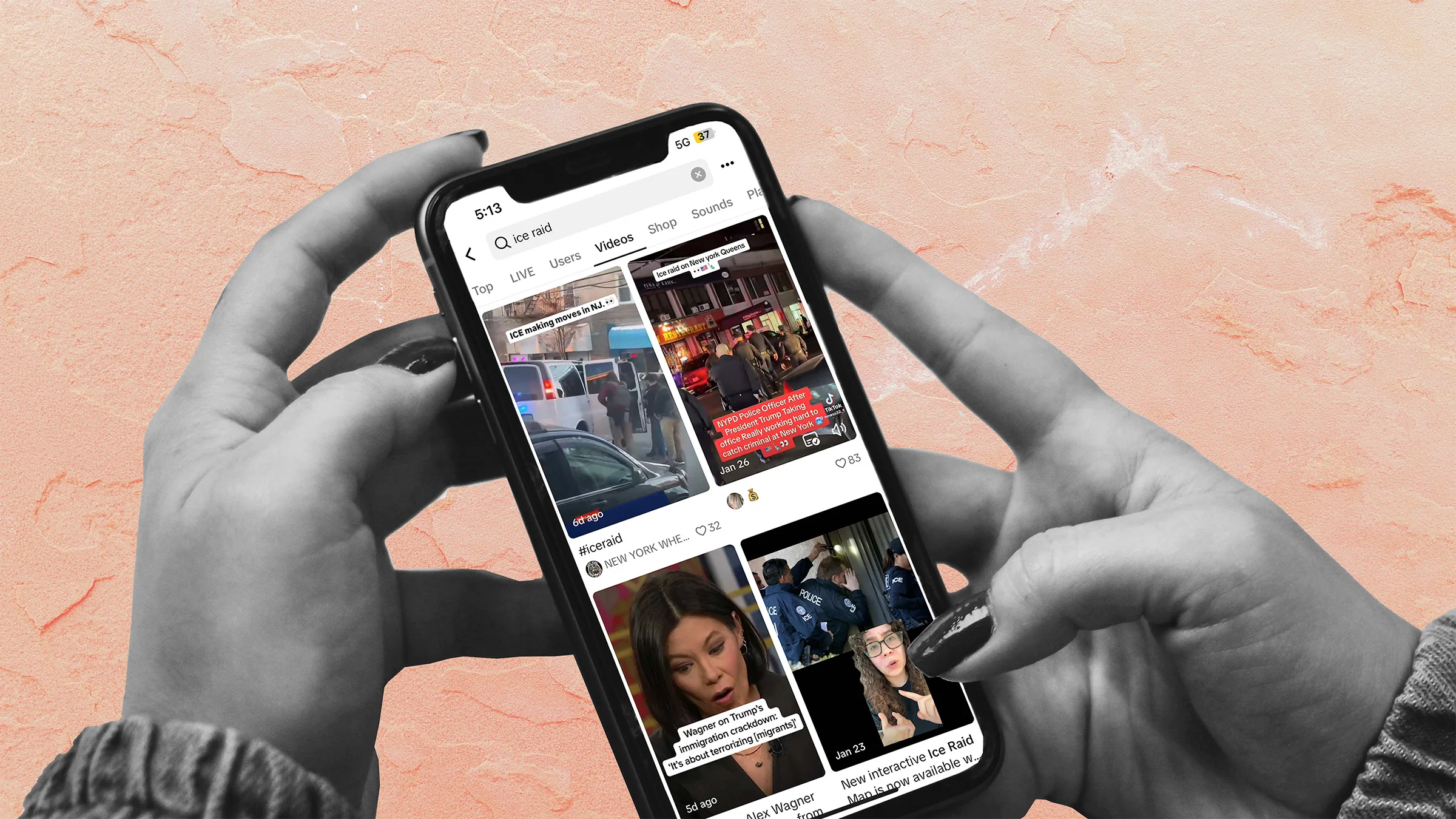Social media has become a big part of the lives of migrants in New York, and therefore, so has misinformation. Documented recently surveyed our WhatsApp community about how they receive election news and found that nearly half of the people who responded said that they mostly got their news from platforms like Instagram, TikTok and Facebook. But much of the content on these platforms can be misleading and sometimes outright false. Below are some tips on how to navigate online content and become more proactive in how to seek the information you need.
Develop a sense for when something seems suspicious.
Experts who have studied misinformation have found it useful to look for warning signs in how some information is conveyed, not just what is being shown. To them, it can be more effective to develop a sense of what is suspicious or misleading rather than to fact check every YouTube video or TikTok you watch.
Ask yourself: How is the information you see making you feel? Does the picture, video or article make you feel outraged or fearful? Does it make small differences between people seem much bigger than they are? Does the story or video explain a news phenomenon by blaming a small group of mysterious people for causing the event (this is often called a conspiracy)?
Also Read: Second-Generation Americans: What to Do When Loved Ones Are Sharing Misinformation
There are a lot of people on the internet who are trying to target you and manipulate how you feel or think about a subject or group of people. If you get a sense that the information you’re reading is meant to influence you, you should look at the piece a little closer.
How to check the information you find online.
Researchers have developed a method to check for accuracy when encountering information that is questionable.
This can be particularly important when you are looking at information like hiring a lawyer for your visa process or applying for public benefits.
This method is broken down into four steps:
- Stop
- Investigate the source
- Find better coverage
- Trace the content back to where it originated
Stop and slow down when you see content online that makes you feel a lot of emotions. Then, investigate who posted the article or information. What can you find out about the person or group that posted the content? Do they seem biased? Do they seem like they are an expert in the area they are writing or posting about?
Then find stories from other organizations that have written about the subject, especially news organizations that have been established for a long time or that you have followed over time and trust. And last but not least, it could be helpful for you to research and find more context about the subject in question.
Also Read: What To Do if You Are a Victim of a Financial Scam
For example, if an Instagram post puts a quote of a city council member on a graphic and calls the council member names, can you Google the quote to see where it came from and whether it was fairly represented? Or if you see an image that is used to talk about migration issues now, can you see if the image is actually from this moment in time or from another time? (Small tip: you can search for images in Google, following these steps).
Following one or more of these steps can be important when you’re looking at information that is vital for your day-to-day decision making.
Being proactive in your search for important information.
When we’re on platforms like Instagram, TikTok or Facebook, it can be easy for us to become passive consumers of media.
Many of these platforms are powered by algorithms, which are sets of rules from a social media platform that decide what you see on your newsfeed and then chooses the posts it thinks you’ll want to see most. Researchers who study algorithms noticed that platforms tend to send information to your feed that brings up a lot of strong emotions, like funny memes, but also news that evoke strong emotions like anger or fear. And this tends to bring up a lot of polarizing information that can vary in accuracy.
What could be helpful for you in the long term is to start proactively looking for and evaluating sources you trust. The method above might seem tedious at first, but it’s a worthwhile effort to invest a little bit of time upfront to build a list of trusted sources and choose your own media diet rather than let an algorithm choose it for you.














